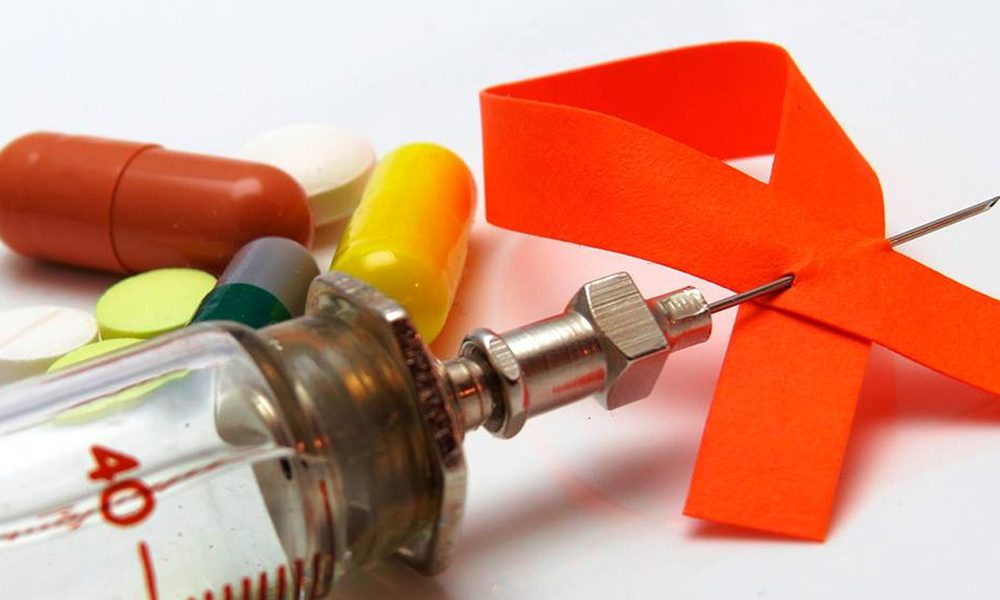
Representational Image
Bengaluru Scientists Develop Artificial Enzymes To Block HIV Reactivation
Writer: Rakshitha R
Rakshitha an engineer turned passionate journalist with an inclination for poetry, creative writing, movies, fiction, mountains and seclusion. Not a part of the social process but existential.
Karnataka, 2 April 2021 10:31 AM GMT
Editor : Shubhendu Deshmukh |
Shubhendu, the quint essential news junky, the man who loves science and politics in equal measure and offers the complete contrast to it by being a fan of urdu poetry as well.
Creatives : Abhishek M
" An engineer by profession, Abhishek is the creative producer of the team, graphic designing is his passion and travelling his get away. In more ways than one, he makes the content visually appealing."
Their solution is a "nanozyme" that is used in combination with antiretroviral drugs. Researchers found that the combination kept the virus suppressed for 21 days.
Bengaluru scientists have developed artificial enzymes that can completely block the reactivation and replication of HIV.
Currently, it is impossible to eliminate the human immunodeficiency virus (HIV) from a patient's body completely, and anti-HIV drugs are only successful in suppressing the virus, reported Deccan Herald.
When drugs are used against the virus, it tends to hide inside the host's immune cells in a "latent" state. Researchers said that the drugs are effective if used regularly but if a patient misses weekly doses or if the immune system is compromised, HIV reactivates itself- even if the patient is undergoing therapy.
According to the Indian Institute of Science associate professor Dr Amit Singh, who led the study, this happens when levels of toxic molecules such as hydrogen peroxide increase in the host's cells.
"There is a connection between oxidative stress and virus reactivation. When there is higher oxidative stress, the virus emerges from hiding and begins replicating," Dr Singh said.
The researchers realised that if the oxidative stress is kept low, they can lock the virus in stasis. Their solution is a "nanozyme" made from vanadium pentoxide nanosheets which can mimic a natural enzyme called glutathione peroxidase that helps to reduce the oxidative stress levels in the host's cells.
"Glutathione peroxidase converts toxic hydrogen peroxide to water and oxygen. However, generating more Glutathione peroxidase means disrupting the tightly regulated cellular redox machinery," he said.
The researchers said that their nanozyme should be used in combination with antiretroviral drugs. In studies with live HIV cells, they found this combination kept the virus suppressed for 21 days.
When researchers "removed the anti-retroviral drugs, the virus did not come out of latency for a period of one month", said Dr Singh.
Professor Govindasamy Mugesh from the Department of Inorganic and Physical Chemistry said that the added advantage of nanozymes is that they are stable inside biological systems and do not mediate any unwanted reactions inside the cells. "They are also easy to prepare in the lab," he said.
While research into the enzyme has been going on since 2016, the team recently made the connection to HIV through concurrent research. In 2018, researchers under Professor Mugesh first found that the enzyme could act as a natural antioxidant enzyme and help control hydrogen peroxide levels.
The research findings were published in the journal EMBO Molecular Medicine.
 All section
All section














